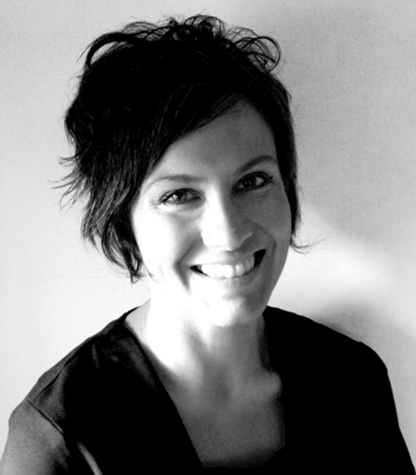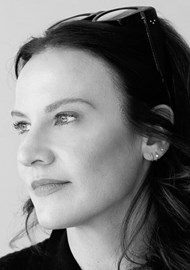The PMFA Journal team were delighted to chat to Anna Baker, Aesthetic Nurse Prescriber, about the importance of continuing professional development (CPD) for those in the field of aesthetic medicine.
What do you think is the purpose of CPD?
The purpose of continuing professional development is to provide an opportunity to develop or update skills and / or knowledge, in relation to an individual’s area of clinical practice. It could take a number of forms, for example, a study day, or peer observation.
How do you assess your need for CPD activities and what do you think is the best way to record it?
A minimum number of hours as a CPD requirement is stipulated by healthcare professionals regulatory bodies. As individuals progress through their respective careers, individual requirements may vary, and may be outlined by employer requirements, as well as personal learning needs. Concerning the best way to capture CPD learning, this may depend again on an individual’s speciality and type of clinical work being undertaken. A number of suggested frameworks are available, written reflective accounts through log books, or diaries can often be a useful method, as well as portfolios.
How important is it to have a range of CPD activities?
I feel it is important to be able to continually participate in a range of CPD activities because it can demonstrate a broad scope of practice, or attention to developing / updating a number of aspects of a clinical role.
Anna Baker, Aesthetic Nurse Prescriber and Teaching Co-ordinator
for Dalvi Humzah Aesthetic Clinical Training Courses.
What are the particular challenges for the independent practitioner in maintaining their CPD?
Practitioners working independently may often have to self-fund postgraduate education / study days, and may not be granted study leave if not contracted by a trust or organisation, which may have financial implications. In addition, it could be argued that there is a greater onus on the individual clinician in sourcing learning opportunities, and identifying individual learning needs.
Do you think the current format of CPD assessment could be changed to better reflect true personal and professional development?
It could be argued that CPD and assessment are two separate types of learning, as assessment may be further divided into formative or summative. CPD generally does not utilise ‘formalised’ types of assessment, as the concept is interpreted and applied broadly, which again, may be defined more specifically by specialism and context. It could further be argued that true personal and professional development is an entirely individual, and ongoing process, and as such, clinicians assume responsibility for defining and shaping how best to reflect their professional development.
For nurses working in institutions, what are the conflicts that you are aware of between the monitoring of safety and quality of care and the individual needs for CPD? Do you think there should be protected time for CPD activities in the workplace?
Possible conflicts within institutions between the monitoring of safety and quality of care and individual needs for CPD may occur due to time constraints, or even inadequate staffing; these day to day challenges may present challenges to clinicians maintaining their CPD requirements. Ideally, enabling protected time offers a solution.
What are your views on online learning and assessment?
Online learning and assessment affords a way to access theoretical information, at the clinician’s own pace, or when required. It offers a sound platform to convey and share information remotely away from institutional settings, and facilitates peer discussion online. I don’t feel it should substitute face-to-face components of taught academic programmes, as these hours are important to elicit understanding of online readings, and key to feedback / evaluation of learning, and an opportunity to revisit key areas, and establish understanding. I feel online assessment may have limitations pertaining to assessment of practical skills, but has a sound footing for theoretical concepts, or even academic concepts which underpin skills based assessments.
How much attention do you pay to the number of CPD points associated with different courses, meetings or conferences?
I do keep a record of meetings, as many conferences do award CPD hours for attendance, which can be used, underpinned by written reflection, for Nursing & Midwifery Council (NMC) revalidation.
Do you think that some nurses find the CPD requirements an excessive burden on an already stressful working practice?
There are a growing number of peer to peer meetings, CPD courses, and conferences, which also provide networking opportunities. Current NMC revalidation requirements concerning CPD stipulate completion of 35 hours CPD in the three-year period since registration was last renewed. Twenty hours of the 35 hours CPD must have included participatory learning. There are numerous opportunities available to achieve this number of CPD hours for nurses, particularly given the three-year time frame for revalidation purposes.





